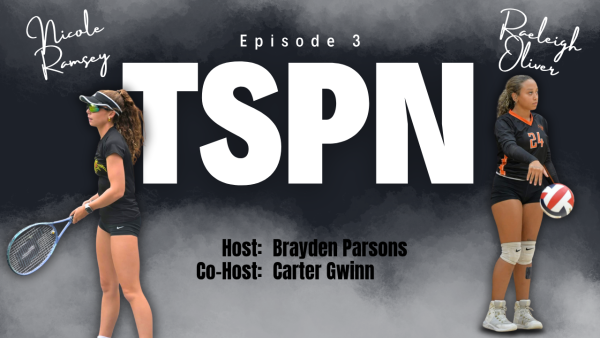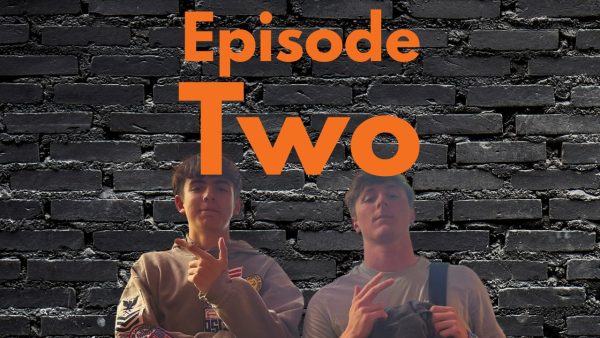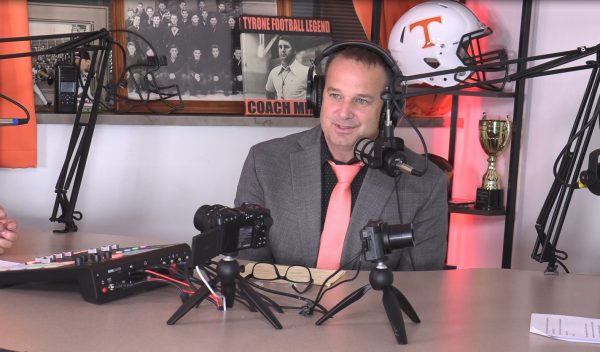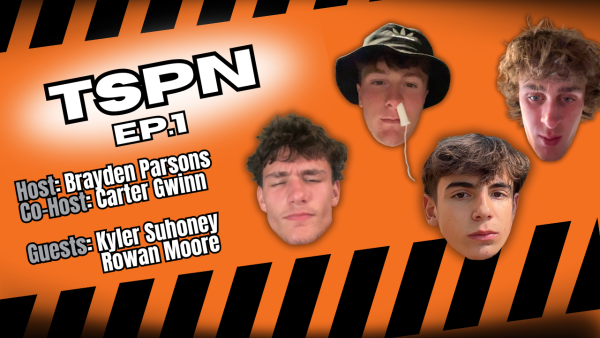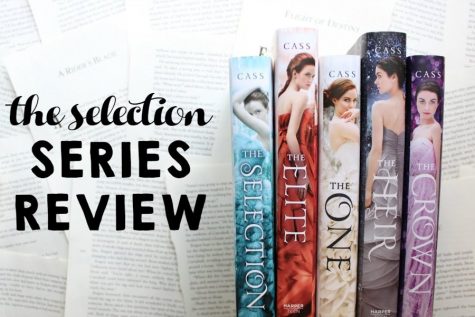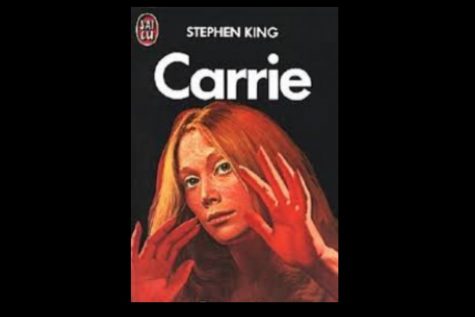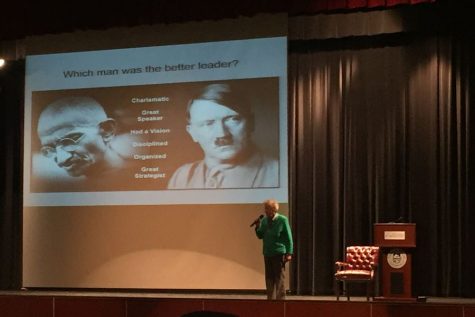Q&A with Author Daria Snadowsky

Photo by Michelle Snadowsky, retrieved from Daria Snadowsky’s website.
Recently Daria Snadowsky sent her book, Anatomy of a Single Girl, to Tyrone Eagle Eye News for review. This was very exciting for advisor Mr. Cammarata, who said about receiving the book, “I thought it was really cool, and I guess [I was] a little surprised… [I was] happy that people are noticing our website.”
I was given the review of Anatomy of a Single Girl, and I had the chance to talk with Daria about her book and the publishing process via email.
The following is the interview:
Interviewer: How did you come up with the idea for the book?
Daria Snadowsky: All young couples in high school and college face a serious dilemma. Either they can try to stay together and see what happens, or else they can break up and get on with their lives with the faith that they’ll get back together when they’re older if they’re really right for each other. Of course the latter option makes a lot more sense … but if you really love someone, it’s difficult to imagine breaking up “proactively” even if the timing is bad. And if couples do choose to break up proactively, they face another decision…do they break up right away, or do they stay together and “have fun” until graduation or some other major life event separates them? And will staying together make breaking up even harder? Etc.
These decisions can be very difficult and have long-term repercussions, so I wanted to illustrate all that in a YA novel.
I: What do you think of Dom’s behavior throughout the book? Do you support it?
DS: The novel itself is completely nonjudgmental and simply presents a story that shows Dom’s thought process and the consequences of her actions. One reason I did that is so that readers can form their own judgments about Dom’s behavior without being swayed by the author. But the other reason is that I’m honestly not sure what I would do in Dom’s situation. I see all the pros and cons and “what ifs” like Dom does, but it’s hard to judge unless you’re the one walking in her shoes.
I: Anatomy of a Single Girl is somewhat edgy. At what age do you suggest people read it?
DS: The publisher suggests it for readers 14 and up. In other words, high school-aged and older. My inspiration for the “edginess” was Judy Blume’s 1975 novel Forever…, which was among the first to present graphic—but not gratuitous—descriptions of teen love and sex. Real life does not fade to black after a kiss, so I wanted to show what can happen after the lights dim in all its passion, awkwardness, hilarity, and wonderment.
I: What are your thoughts on Guy and Dom’s romance?
DS: I’m proud of many of the choices they make. From day one Dom is vocal to Guy about her emotions and expectations, and she never tries to play games or manipulate him. This shows that Dom has made great strides since her first relationship, where she was very meek and scared of saying the wrong thing. She’s also insistent about getting tested for STIs even though chances are they’re both fine. And I like how Guy truly cares from Dom’s comfort and makes sure that everything is consensual before they do anything.
I: How do you go about being published?
DS: The answer to that today is a lot different than just a few years ago. In the past, first you query agents. Once you get an agent, he/she queries publishers. Then once you get a publisher, you work with an editor to revise the book (if necessary) before it’s released. Nowadays, self-publishing is becoming more widespread.
I: What is the publishing process, in general? (What happens when a publisher agrees to publish a book?)
DS: Once a publisher accepts the book, you’re assigned an editor. Then the editor writes you a letter explaining what things (if any) should be rewritten. Then you go back and forth with drafts until it’s done. Then it goes to copy-editing, and you go back and forth with them catching all the typos and grammatical mistakes. Finally the design department formats it, and you do a final copy-edit of the proof (which is what the text will look like in book form). The publisher sends out galley copies (called ARCs, which stands for “advanced reader copies”) to various trade review journals. A few weeks or months later the book goes on sale!
I: What is your writing process?
DS: I’ve written only two books, so I think I’m still working out my ‘process.’ With the first book (Anatomy of a Boyfriend), I already knew what I wanted to say, so I started writing without an outline. My first draft ended up being 599 pages, which every publisher rejected. Then I cut it down to 280, which was the draft that was finally accepted. But then my editor wanted a major rewrite of the plot, so I rewrote it again. With the second book (Anatomy of a Single Girl), I started with an outline, wrote a first draft, then trashed the entire thing including the story and plot. Then I spent more time thinking about what I wanted to say and after a few months began writing again without an outline. That draft required very little revision.
I: From a published author to an aspiring author, do you have any tips?
DS: Revision is your best friend. Sometimes you’ll “get it right” in the first draft, but most prose benefits from aggressive editing and rewriting and some time away.

Arianna is a reading fanatic. Seriously, she can’t go a day without a book to read. Probably as a side effect of reading, she loves to write as well,...



